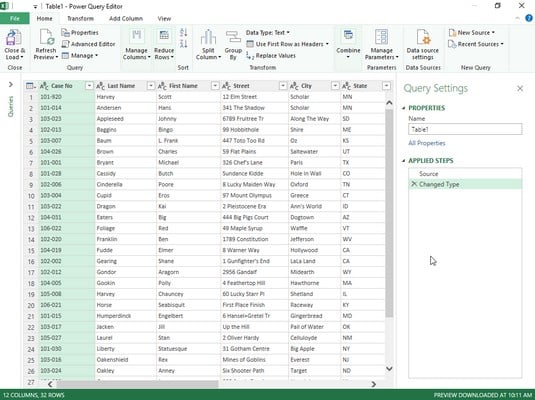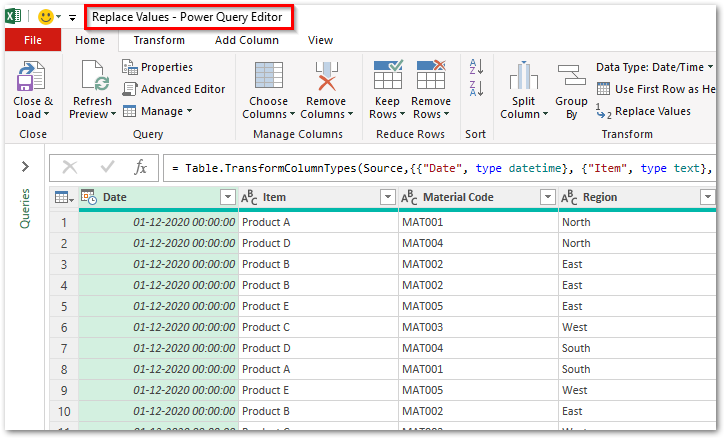
When combining your data it follows the sample guidelines for Data Privacy ( here) and Query Folding ( here) as showcased in the previously written articles. You can simply right click the query and disable the Load by unchecking the Enable Load option. To stop this from happening, you can change the behavior of the Sales 2017 and Sales 2018 queries to be Connection Only. This might create some data duplication which is completely unnecessary. When you first create the queries, they’ll be, by default, set to load themselves to your Data Model or created as new tables inside of Excel if you’re using Power Query for Excel. The output of this will be a table with all of the columns from all the tables that we combined and all of the data from both. It doesn’t need to be just 2 tables, it can be as many tables as you want, which means that next year when I get the data for 2019, I can just create a new query and add this to this list of tables that need to be combined and I’ll be set and done. This is truly the easiest part, now all you need to do is find the button that reads Append Queries and then a new window will appear where you can combine all the queries that you want. How do we do that? Combining / Stacking / Appending Tables Those are the queries or tables that we want to stack on top of each other. We repeat this process for the 2018 file and then we’ll end up with 2 queries: This is pretty simple and in our case our csv files have the correct format thus not requiring any transformation steps to be done to it other than the ones that were automatically done by Power BI / Power Query.

To finish things off, you can just click on Edit so we can go straight to the Power Query Editor. This is a pretty straightforward process where we can just select our data source from the “Get Data” window and go through the import process which will display a simple browse window so you can select your file and then give you a preview of your data like this: How do we do that? Connecting to the Data

We want to append both of these into just 1 table. To Power BI / Power Query, it’s a bit indifferent as they’ll go through the same process regardless of their data source, so what I’m about to show you applies to every single data source possible within Power BI / Power Query. It can be 1 CSV and 1 Excel file, maybe 1 table from a database and another one from an API. There are multiple ways to accomplish this, but we’re going to start with the basics. So… How do you combine / append / stack tables with Power BI / Power Query? I’ve previously done a series on Merge / JOIN operations ( First Part here) and it’s now time to do one on Combine / Append operations.


 0 kommentar(er)
0 kommentar(er)
